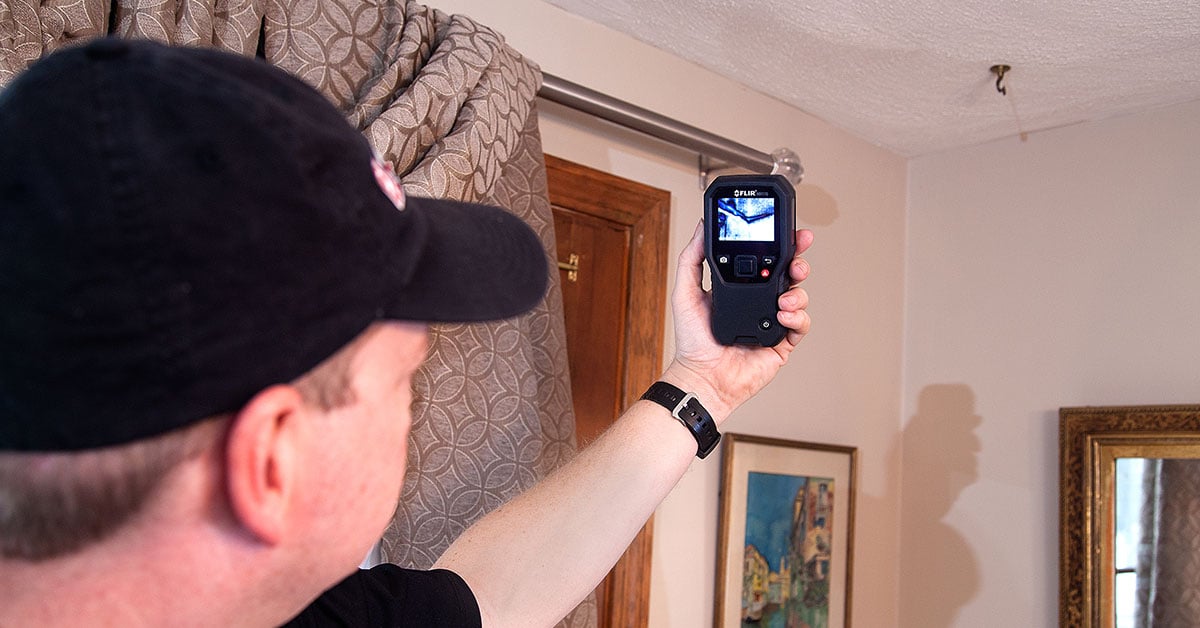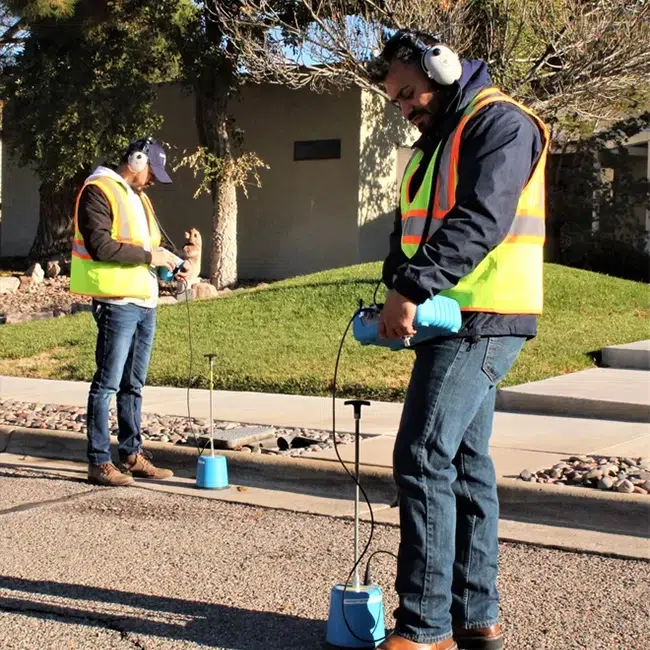Water Leak Detection: Just How to Recognize and Fix Leaks Prior To They Create Damages
Water Leak Detection: Just How to Recognize and Fix Leaks Prior To They Create Damages
Blog Article
Ingenious Solutions for Early Discovery of Water Leaks in Structures and Facilities
As the honesty of buildings and framework is vital, the obstacle of early detection of water leakages has stimulated cutting-edge options that promise to revolutionize the way we safeguard versus potential problems. From advanced leakage detection innovations to the deployment of IoT sensors for real-time surveillance, the landscape of leakage avoidance is developing rapidly. Artificial intelligence algorithms provide a look into the future of leakage forecast, while thermal imaging presents a non-intrusive approach for identifying surprise leakages. Automated water flow analysis systems are improving just how leakages are identified and dealt with, leading the way for a positive technique to water leakage detection. Each of these services holds the crucial to making certain the reliability and longevity of our developed atmosphere, motivating a change in the direction of a more sustainable and efficient future.
Advanced Leak Discovery Technologies
Advanced leak discovery innovations, geared up with advanced sensors and formulas, play a crucial duty in quickly determining and pinpointing water leakages in different settings. Electro-magnetic sensors can recognize modifications in electro-magnetic fields caused by water, supplying yet another layer of leakage discovery capacity.

IoT Sensors for Real-Time Tracking
In the world of modern water leak detection, the combination of IoT sensing units for real-time monitoring represents an essential innovation in improving aggressive leak discovery capabilities. These sensors supply constant monitoring of water systems, giving real-time data on water flow rates, stress variants, and temperature modifications. By leveraging IoT modern technology, these sensors can identify also the smallest anomalies in water usage patterns, allowing very early recognition of possible leaks before they intensify right into significant issues.
IoT sensing units transmit data to a centralized platform, where sophisticated algorithms evaluate the information and generate informs or notices when irregularities are found. This real-time monitoring capacity permits homeowner or center managers to quickly deal with leaks, decreasing water damages, minimizing repair work prices, and preserving water resources.
Additionally, IoT sensing units can be incorporated with building management systems, permitting for computerized reactions to spotted leaks, such as shutting down water valves or activating pumps to minimize the effect of leakages. Generally, the implementation of IoT sensing units for real-time tracking considerably enhances the performance and efficiency of water leak discovery in structures and infrastructure.
Artificial Intelligence Algorithms for Leak Forecast

One key benefit of utilizing artificial intelligence for leak prediction is its ability to continually find out and boost its precision gradually. As more data is accumulated and fed into the formula, it can improve its forecasts and adapt to changing problems, eventually enhancing the reliability of leakage detection systems.
Moreover, maker knowing formulas can help in recognizing subtle indicators of leaks that might go unnoticed by standard monitoring wikipedia reference techniques. water leak detection. By analyzing complicated information sets in real-time, these formulas can provide very early warnings and informs, permitting punctual intervention and precautionary upkeep to reduce possible water damages and associated expenses
Utilizing Thermal Imaging for Leak Discovery
Thermal imaging modern technology uses an encouraging technique for discovering water leakages in numerous systems and frameworks. By making use of infrared radiation and temperature variances, thermal imaging cams can determine concealed leaks that are not conveniently visible to the naked eye.
One of the vital benefits of thermal imaging for leak discovery is its non-intrusive nature. Unlike typical methods that might need breaking right into wall surfaces or floorings to locate leaks, thermal imaging permits non-destructive screening. This not just conserves time and decreases expenses however additionally decreases disruption to the structure or framework being assessed. Furthermore, thermal imaging can rapidly check big areas, providing a detailed review of possible leak resources in a timely way. In general, using thermal imaging innovation improves the efficiency and precision of water leak discovery, making it a useful device for preserving the integrity of buildings and infrastructures.
Automated Water Flow Analysis Equipments
How can automatic water circulation analysis systems change the detection and monitoring of leakages in numerous systems and frameworks? Automated water flow evaluation systems use a positive method to leak detection by continually keeping an eye on water circulation prices and patterns. By developing baseline data, these systems can rapidly recognize variances that may suggest a leak, allowing punctual intervention to stop comprehensive damage.
These systems make use of advanced algorithms to examine real-time information and offer instant alerts when anomalies are identified, allowing for quick activity to be taken. In addition, automated water flow evaluation systems can be incorporated with structure monitoring systems or IoT platforms, improving total performance and enabling remote tracking abilities.
Furthermore, the data collected by these systems can be her latest blog used for predictive upkeep objectives, aiding to recognize possible powerlessness in the framework prior to leaks happen. In general, the implementation of automatic water flow evaluation systems can dramatically boost leakage discovery and administration methods, ultimately leading to cost financial savings, lowered water waste, and boosted sustainability in buildings and infrastructure.

Conclusion
In final thought, the combination of innovative leakage discovery innovations, IoT sensors, maker learning formulas, thermal imaging, and automatic water circulation analysis systems provides cutting-edge solutions for early discovery of water leakages in structures and framework. These modern technologies allow real-time monitoring, prediction of leaks, and efficient discovery techniques to avoid water damage and wastage. Implementing these remedies can aid in keeping the stability and sustainability of water systems in various setups.
Report this page